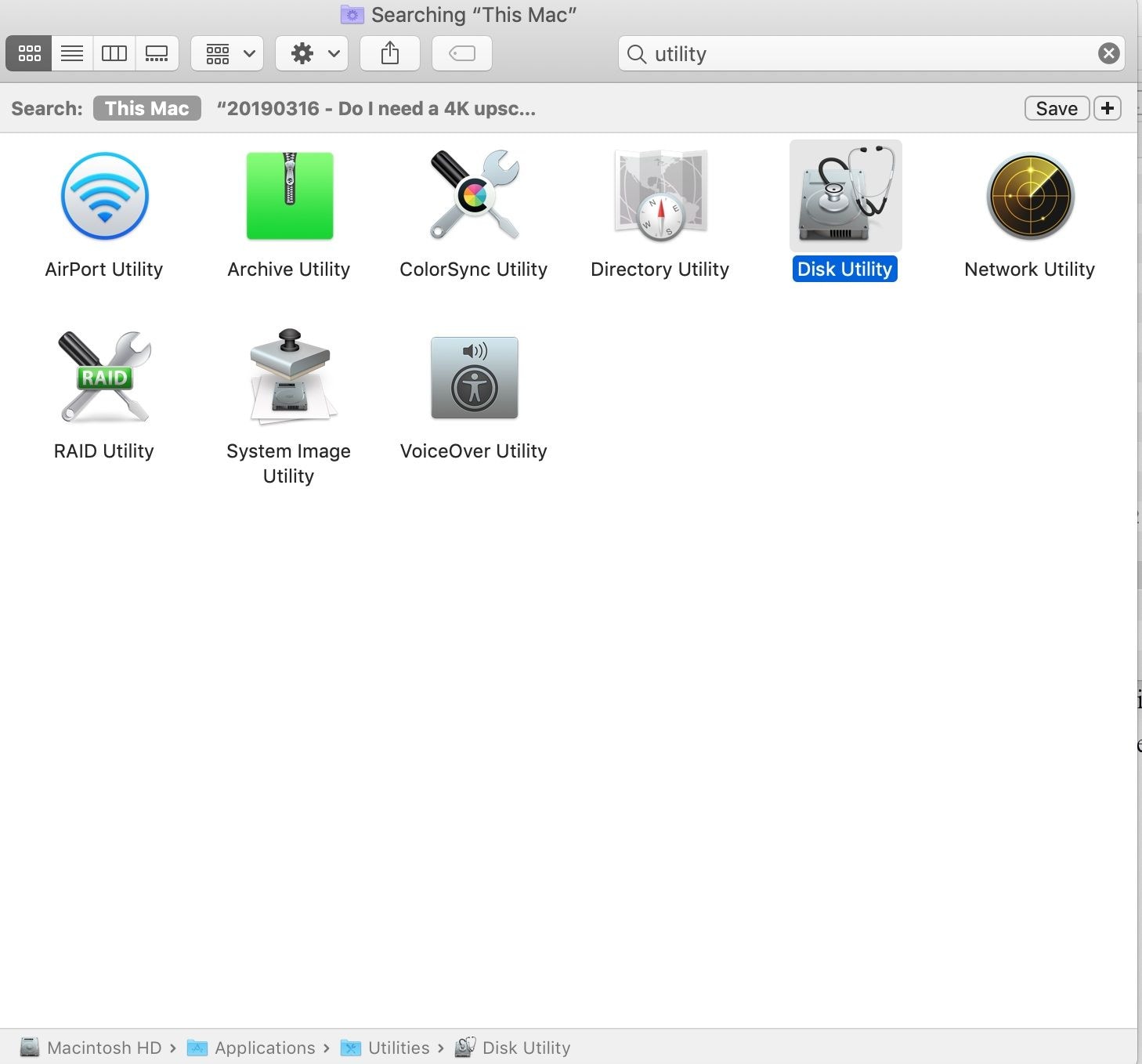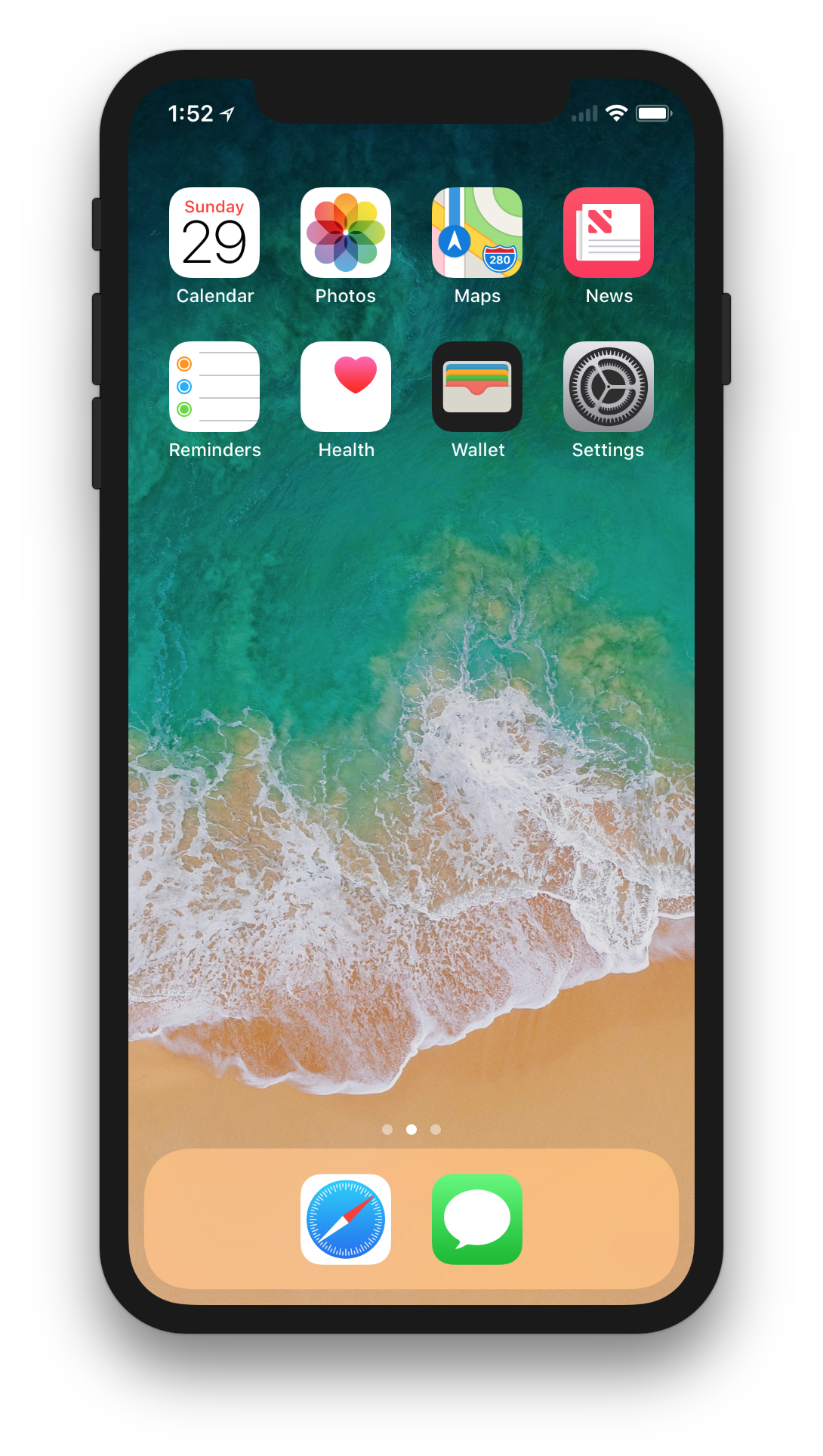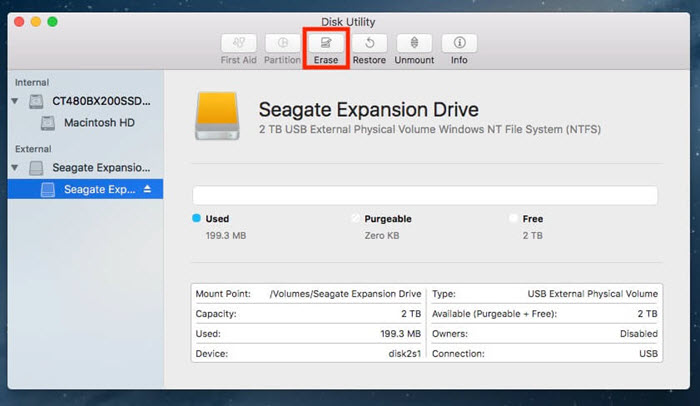

Most drives are formatted in MS – DOS (FAT) out of the box. But apart from that, this will be the format you’ll want to use if you want a drive with cross-compatibility for quick transfers, or temporary storage. One of the major limitations of this format is that it’s not able to write files larger than 4GB, which can be quite a setback. MS-DOS (FAT) is the most popular format amongst external hard disks, as it’s both readable and writable by nearly all operating systems, Windows and OS X included. With Disk Utility, you have 3 main formats that you can erase your disk to. Once done, press Enter, and your disk should be erased and formatted completely. For example, I’d use “disk2s2” if I wanted to erase Untitled only in the example below: Use eraseDisk to erase the entire external disk, or eraseVolume if you just want to erase a particular partition. If you want to reformat, replace eraseDisk with reformat and delete the “JHFS+” and “diskname” parts of the command.

Change “diskname” to the new name you want for the disk, and replace “diskidentifier” to the Disk Identifier obtained from Disk Utility. In the command above, change “JHFS+” to “ HFS+” if you want a volume that is not journalled. Enter the following command into Terminal:ĭiskutil eraseDisk JHFS+ diskname diskidentifier Open Terminal, either by Spotlight or by opening the app from “Applications -> Utilities.”Ģ. To format an external disk using Terminal, simply follow the steps below:ġ. It is a little longer but often comes in useful when Disk Utility refuses to perform your desired action for some reason. This method is aimed towards power users who are fond of using Terminal to do work on their Mac.


Once you have everything selected, simply click on Erase, and you’ll have a newly formatted disk. Once you click on it, you’ll have the option to rename the disk, select the format you want for the disk (more on that later), and select the disk scheme.ĥ. You’ll see the option to “Erase” the disk at the center – top of the window.Ĥ. Select the disk you want to format from the left-side pane.ģ. You can either do this by searching for it from Spotlight or by navigating to “Applications -> Utilities” and opening Disk Utility.Ģ. To format a disk using Apple’s Disk Utility, simply follow the steps below.ġ. Formatting a Disk Using Disk Utilityįormatting a disk using Apple’s Disk Utility is the easiest and most straight-forward method of the two. We’ll be detailing both of these methods below. You can format a drive in OS X using two applications: Disk Utility and Terminal Formatting an external drive on your Mac is quite easy, though it isn’t as evident and obvious as it is on a PC.


 0 kommentar(er)
0 kommentar(er)
